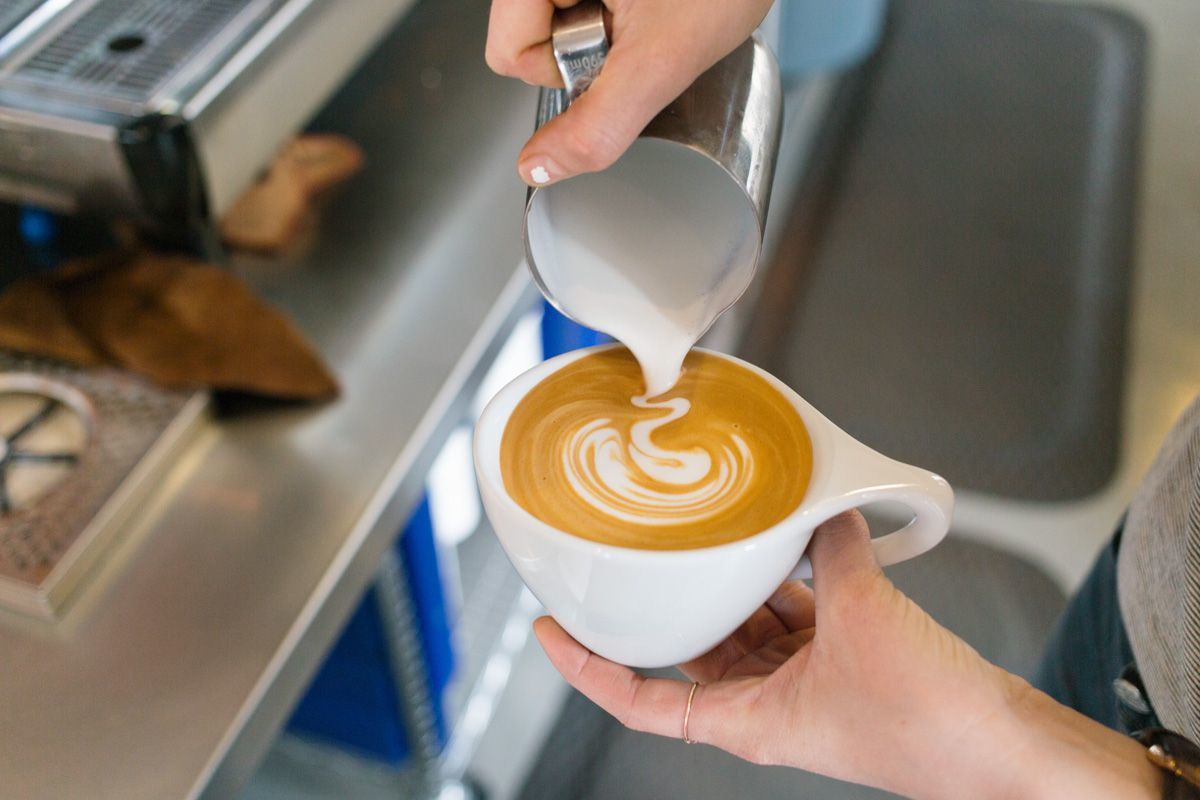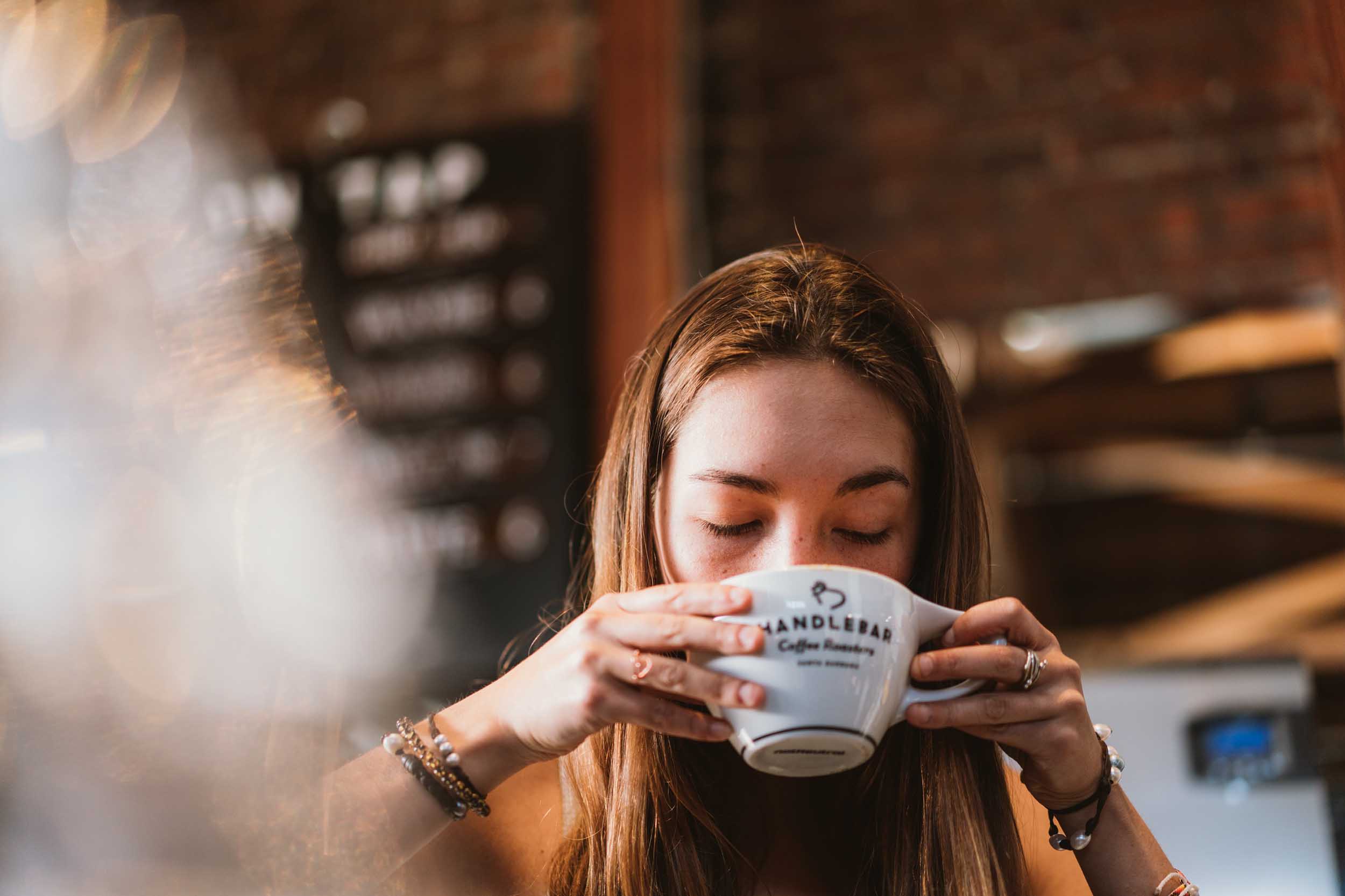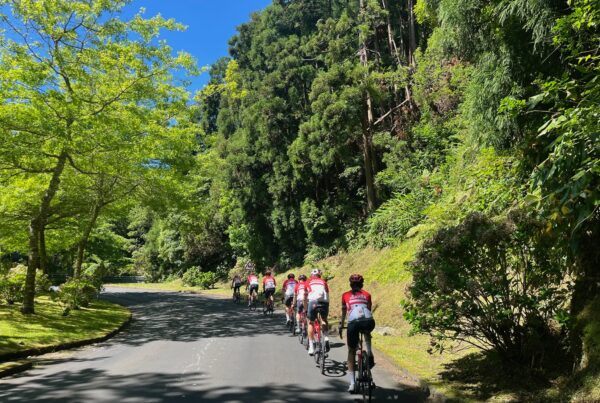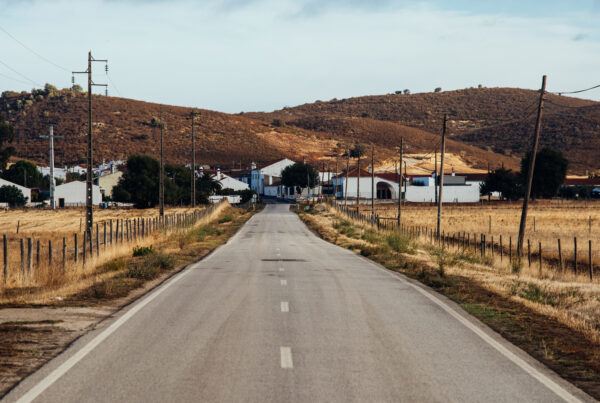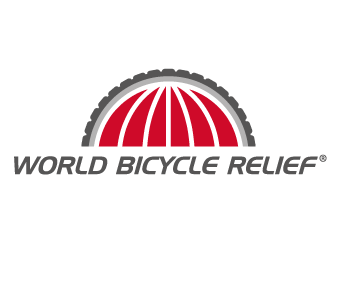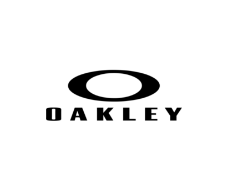n
We know that coffee and bikes go together like peanut butter and jelly, bread and cheese, or… bikes and wine.
A mid-ride coffee stop is a weekly staple for most cyclists, and for good reason. We know caffeine can enhance performance, so it’s ideal at the start of a ride to get going or even at the base of a big climb. But coffee is more than just a caffeine hit; it’s an experience. And like a good wine, a good coffee should be savored.
What should a great coffee taste like? It depends, but some essential details make any coffee excellent or bad.
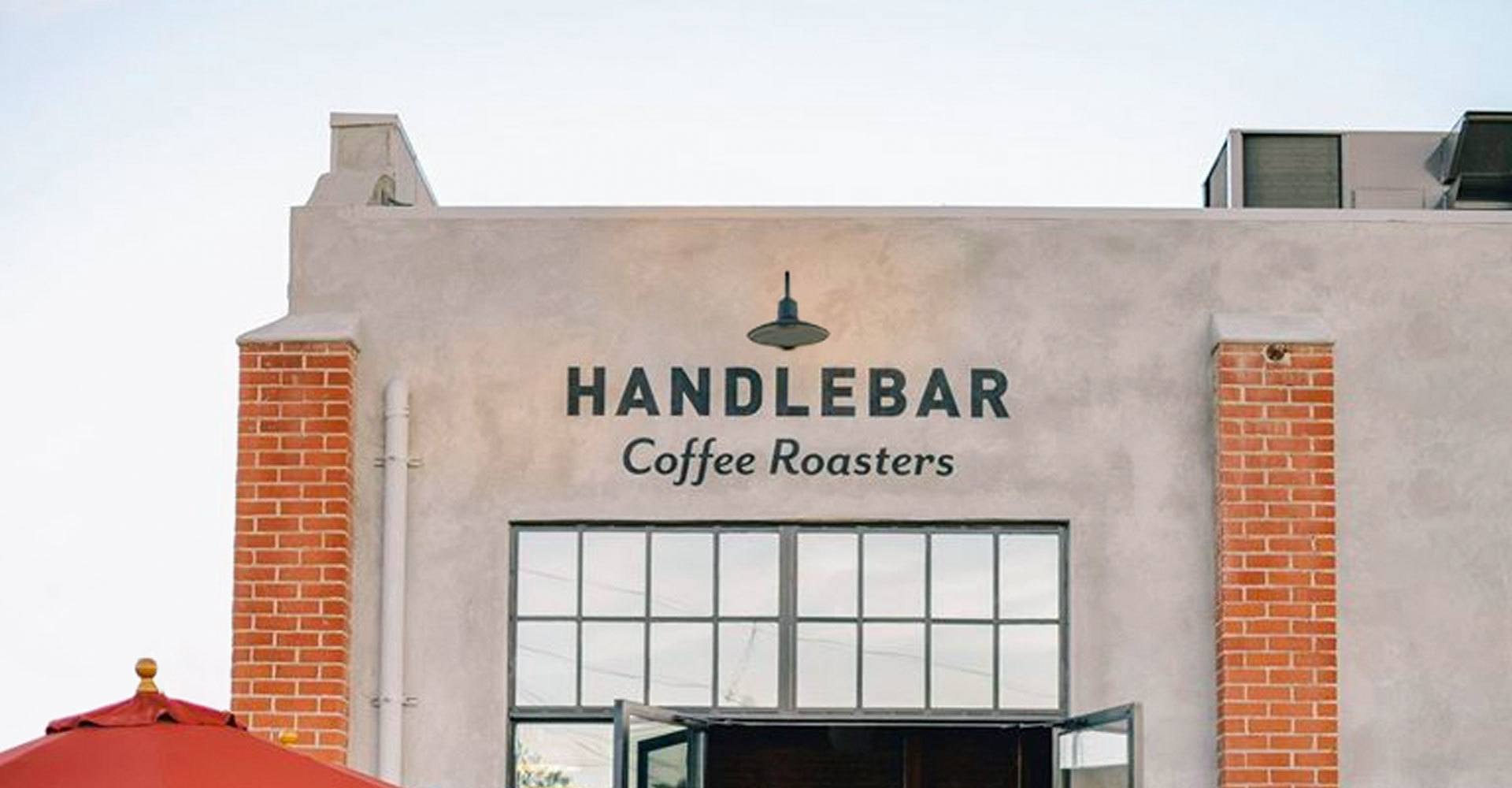
“Tasting delicious coffee, much like wine and beer, is subjective to the person tasting it,” says Aaron Olson, co-owner and head roaster at Handlebar Coffee in Santa Barbara. “I am not a big IPA fan, but I can still appreciate a good one. It’s just not the style I personally like.”
His coffee experience came from racing in Europe and loving the espresso options. When he returned to the US, he wanted to bring that European experience stateside, and Handlebar was born.
“The best coffee has the right balance between flavor, acidity, texture, and mouthfeel,” says Olson. While you’ll recognize a good coffee—or at least, a coffee that tastes good to you—when you try it, you can also start to build your coffee-tasting literacy the same way you would hone your taste in pinot noirs or cabernets.
The next time you’re sipping a coffee, try to taste it and taste for these flavor notes:
- Chocolate
- Malt
- Cherry
- Caramel
- Citrus
- Nuts
- Burnt taste
- Anything else you may taste! (There are literally hundreds of flavor notes you may notice in coffee.)
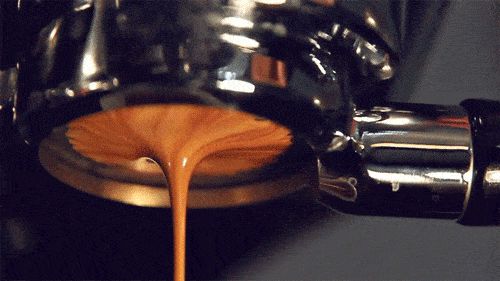
If that’s too challenging and you’re unsure if a note is more citrus or berry-like, start simple: Is the coffee sweeter, brighter, sharper, or bitter? Try to name a more general taste versus trying to think of precisely what the taste is.
Once you recognize specific tastes within your coffee, you’ll start to see patterns in what coffee you like. You may love coffee with more vanilla flavor notes but find those with citrus too bright and acidic. This helps you when presented with a range of coffees at the cafe or store.
Next, think about how the coffee feels in your mouth. The mouthfeel refers more to the texture of the coffee, which may sound strange, but think about the last time you had a genuinely terrible cup of coffee. It was watery or burnt tasting. On the other hand, a good mouthfeel—also referred to as a coffee’s body—should make a coffee feel as good in your mouth as it tastes. Mouthfeel is often directly related to roasting technique, so if you can start to assess which coffee mouthfeel you prefer, you can understand what type of roast you prefer.
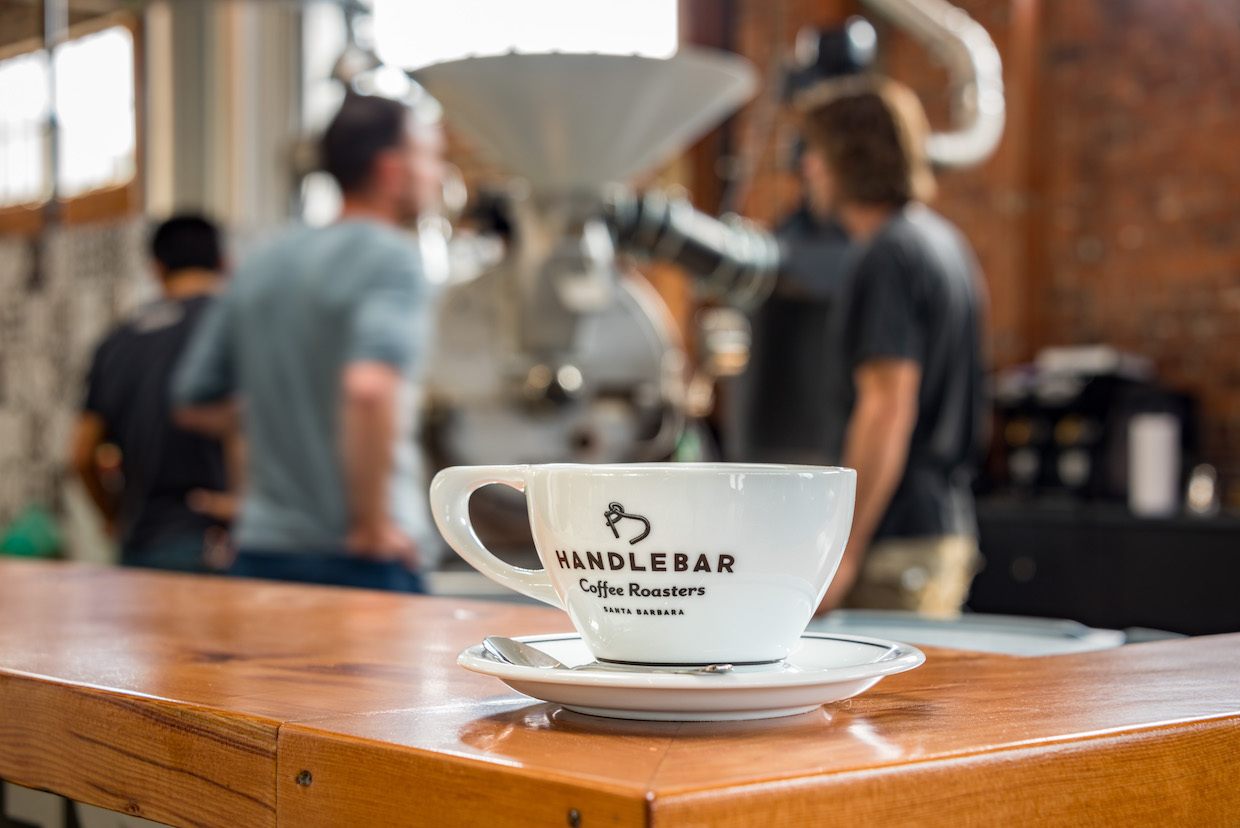
A coffee can be light or heavy, syrupy or thin, creamy or delicate. Again, there’s no one ‘perfect’ mouthfeel that everyone will love, but understanding which types of coffee you love will make ordering at a cafe much more satisfying—and likely to delight you.
But don’t worry; you don’t need to understand your coffee perfectly to get the benefits of a shot of caffeine. But to get a more profound experience as you sip, taking the time to become mindful of a coffee’s flavor indeed can lend to making the espresso at a roadside cafe a more memorable moment.
”Many steps go into a good cup of coffee or espresso drink, from the soil the beans are growing in and harvested, to the roasting style, to the barista pulling a great espresso. Then, milk temperature and texture play a role if milk or non-dairy milk is involved.
Aaron Olson
If you’re making coffee at home, remember that the water you use and the temperature it’s heated to can make a huge difference in taste. That coffee you loved at Handlebar may taste different if you’ve boiled your water too hot. “The optimal temperature for coffee is less than boiling for sure, somewhere in the low 200-degree mark,” says Olson. “We pull espresso shots at 202 degrees and brew coffee at this temperature.”

“When I was racing in Europe, I usually drank cappuccinos; nowadays, I mostly just drink black coffee with the occasional Gibraltar or Cortado for some milk texture,” says Olson.
If you’re used to ordering coffee in the US and find yourself in Europe in a cafe trying to understand the menu, some of the drinks could be clearer, especially if you’re a Starbucks regular. Olson notes that European coffees are strong but will be smaller than a Starbucks Venti that you get stateside. And some of the names may need to be clarified.
”in the US, the macchiato is often associated with an iced coffee that's packed with milk, caramel, and whipped cream. But a traditional macchiato is an espresso topped with a dollop of foamed or steamed milk in Europe.
Aaron Olson
Here’s your cheat sheet for the most common coffee options in Europe:
- Espresso: Single shot of very concentrated coffee (similarly, a Ristretto—popular in Italy—is even more concentrated, and a Doppio is a double shot of espresso)
- Americano: A shot of espresso with hot water added—and often, this is the closest option to a standard cup of brewed coffee that will be available in many cafes
- Macchiato: Espresso with a dollop of foamed or steamed milk on top
- Cappuccino: Espresso with an equal amount of foamed milk
- Cortado: Espresso with an equal amount of steamed milk
- Café au lait: Brewed coffee with steamed milk
- Espresso con Panna: Espresso with a dollop of whipped cream on top
Finally, if you’re looking for a great little spot for the ambiance, we highly recommend stopping into one of Handlebar’s fantastic cafes in Santa Barbara. “We tried to bring customer service to our cafes, to make the guests feel at home,” says Olson. “Making great coffee is much more than flavor; it is atmosphere, ambiance, customer service, speed of service, and of course all things associated with great coffee like great tea, matcha, hot chocolate, and pastries.” (Not near Santa Barbara? You can still order Handlebar’s coffee as a one-time purchase or splurge for a subscription to enjoy exciting new flavors and hone your coffee palate!)
